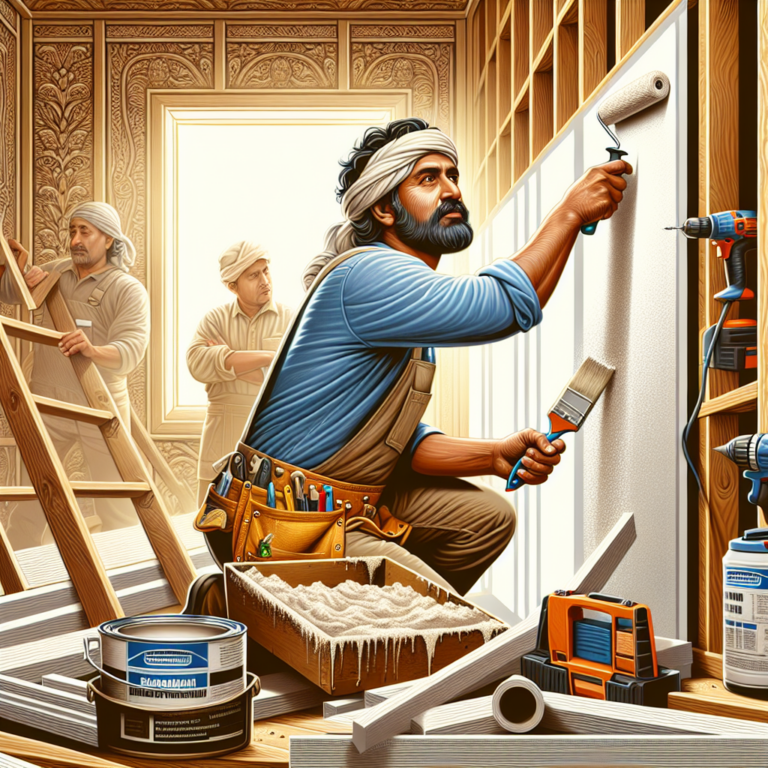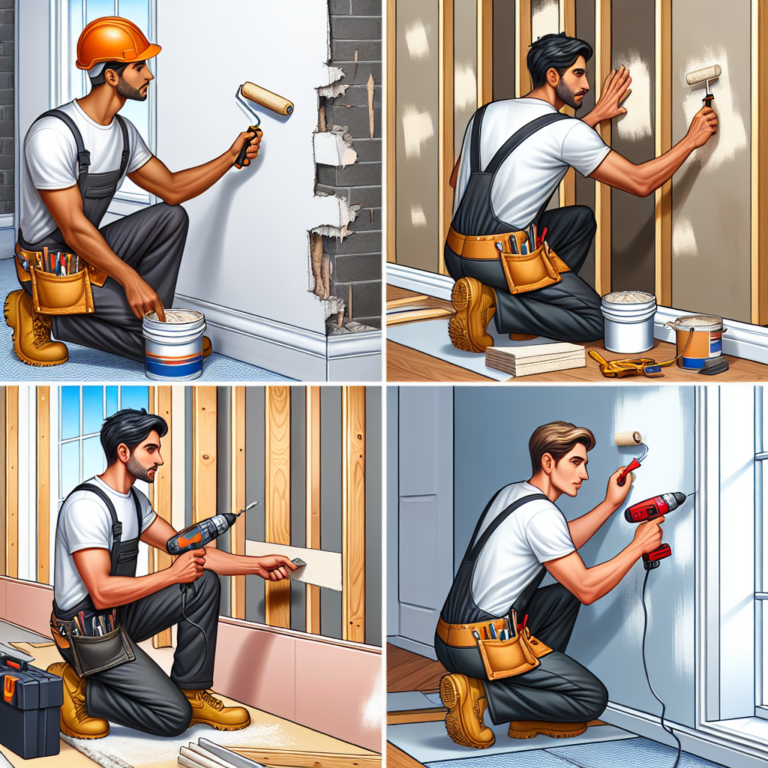Why Is Drywall So Expensive Now?
Drywall is the most common building material in the United States. But it’s costly, even though drywall sheets are relatively small and light. Drywall has become increasingly popular for interior walls because it’s easy to install and finish, which makes it an attractive option for do-it-yourself home improvement projects. The drywall cost varies depending on the size and type of sheet you’re buying, but if you’re planning to install your drywall, you can save money without sacrificing quality.
What are the causes of the increased cost of drywall?
The cost of transportation has had a bigger impact on the cost of drywall than any other factor in recent years. Transportation costs have risen faster than any other component of the construction industry.
The cost of transporting drywall from China to the U.S. is very high due to the distance and size of ships used to transport goods across oceans. Drywall is made in China because of lower labor costs, but it must be transported long distances before reaching America.
Drywall is also expensive because it has to meet certain standards to be used in construction projects. If a batch fails inspection, it must be discarded and replaced with another batch. This adds costs for suppliers and contractors using drywall for their projects.
How costly is drywall?
The drywall cost can depend on several factors, including the size of your project, where you live, and whether you hire a professional or do-it-yourselfer. The drywall cost can range from $12-$20 per panel to $15-$30 per sheet, depending on the size of the sheet used. Common sheet size is 4×8 feet and can be purchased at most home improvement stores or lumberyards.
The labor cost depends on what work needs to be done around your house. It could be something as simple as cleaning up after a remodel or more complex like laying new floors or painting walls. Labor costs vary widely depending on the work being done, so it’s best to get several estimates before hiring someone for any major projects around your home.
What’s the difference between sheetrock and drywall?
Sheetrock is a gypsum board brand name that you often see in houses and commercial buildings. Gypsum boards combine water with ground gypsum (calcium sulfate), forming a slurry forced through a mold. The resulting product includes fibers embedded on both sides of the sheetrock to improve strength and rigidity. Drywall is made from gypsum plaster sandwiched between two layers of paper or fabric. It was originally known as “dried gypsum” but eventually became commonly known as drywall.
What material is cheaper than drywall?
Plywood and sheet wood are two common materials that are cheaper than drywall. Plywood is made of multiple layers of wood, which are glued together to make a strong, stable sheet. The more layers there are in the plywood, the stronger it will be. Plywood is often used as an alternative to drywall because it can be cut into different shapes, making it easier to install in irregular spaces. Sheet wood is simply a single layer glued together or nailed together. It’s usually used for less-expensive applications where appearance isn’t as important.
Conclusion
Ultimately, we can only speculate why drywall is so expensive beyond the price a company chooses to sell it at. The product requires significant energy resources and labor costs; basic supply and demand could be driving up its cost for builders. The growing demand for drywall may contribute to its rising cost since the gypsum supply is decreasing. In any case, the cost of drywall will decline as more people begin using eco-friendly alternatives in their construction projects.





